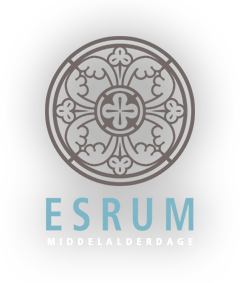Abbey, hunting castle, studfarm, post office…
Esrum Abbey, was a Cistercian monastery founded in 1151 by archbishop Eskil, located in Northern Zealand, Denmark.
Esrum became in the course of time the mother house of a number of other important Cistercian foundations. The monastery was long the most important Cistercian monastery in Scandinavia and one of the focal points in the Cistercian pan-European network.
In 1536 Denmark became officially Lutheran and Esrum became a crown estate. It was allowed to continue to function as a monastery until 1559, when the remaining 11 monks and the abbot were despatched to Sorø Abbey. The buildings at Esrum were then largely dismantled for building materials, apparently for use at Frederiksborg Castel and Kronborg Castel to which the abbey estate was given.
In the 17th century the remaining structures were converted into a hunting lodge for the king and his courtiers, and the site was also used as a stud farm until 1717, after which it became a barracks for dragoons until 1746. From then on the buildings were used for a variety of military and civil administrative offices, becoming the property of the local government administration.
During World War II the site was temporarily taken over as secure storage for the Danish National Archives, and immediately after the war was used for the accommodation of Latvian refugees.
Still today a part of the earlier so mighty Esrum Abbey remains, preserved in beautiful natural surroundings north of Esrum Lake. A visit to Esrum Abbey is a journey of discovery into the cultural, natural and religious universe. A unique possibility for peace and absorption, but also for exciting experiences, exhibitions and a varied cultural programme.
